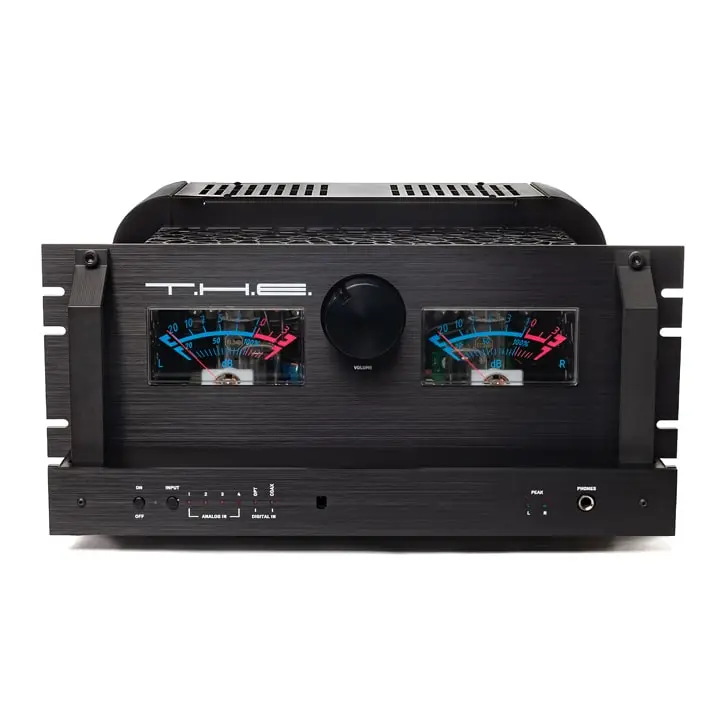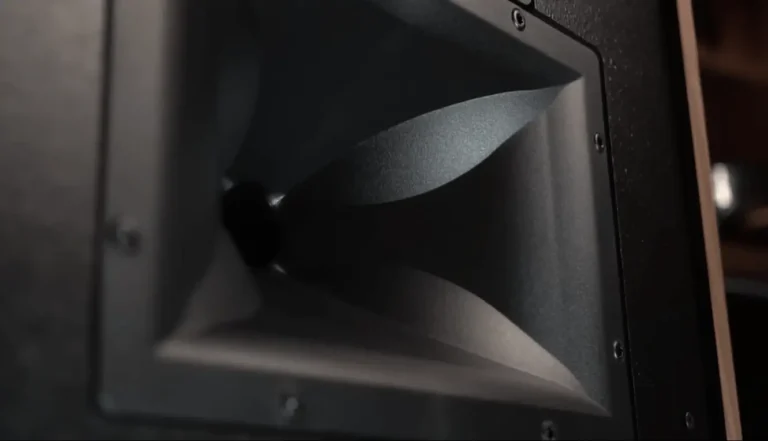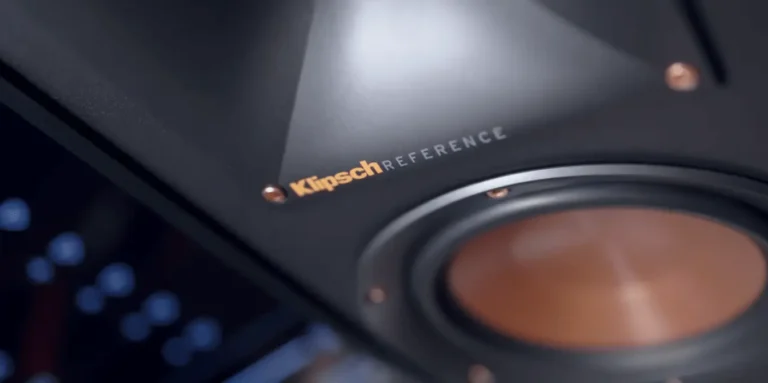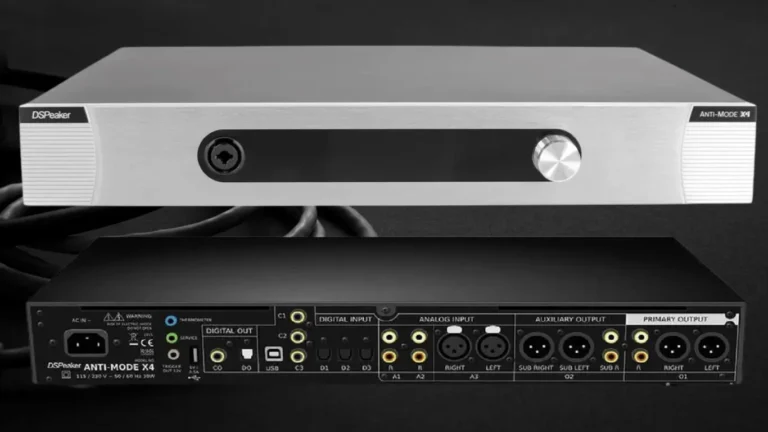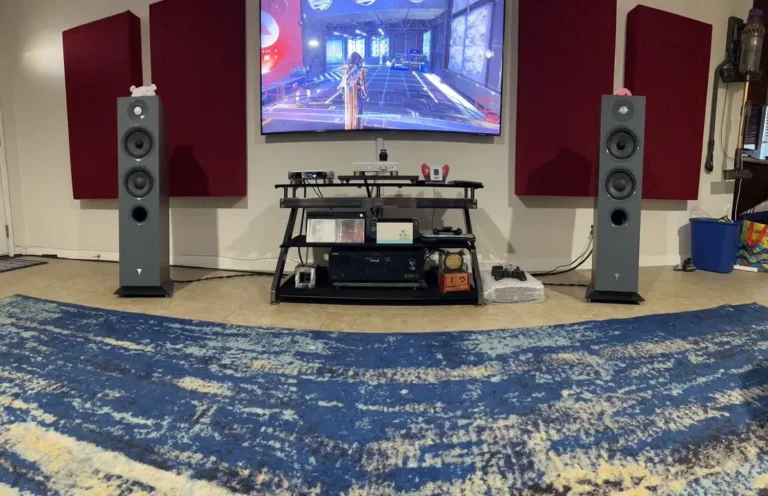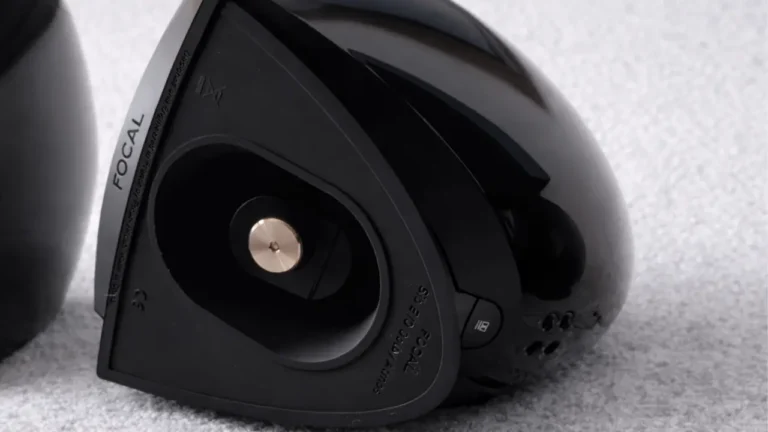Aris THE 30 tube integrated amplifier Review
Aris The 30 tube integrated amplifier, hero of today’s Review has already overcome at least two stages of this path. In any case, he appeared in stores and on online platforms, and he seemed to be able to attract attention without difficulty.
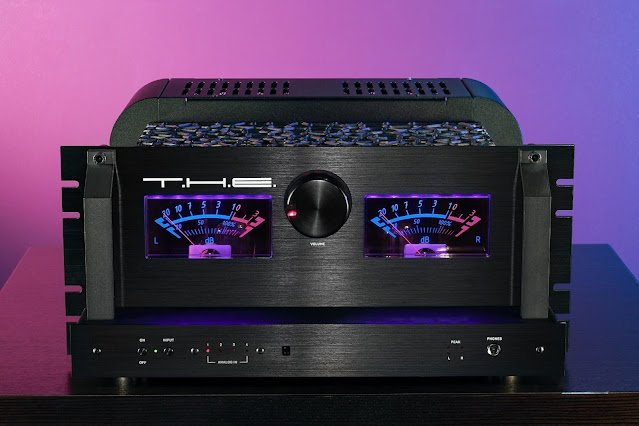
THE amplifier
The large capital letters on the front of the 30-tube integrated circuit are separated by dots so that no one will mistake them. This abbreviation stands for simply and without undue modesty: True High End. What prompted the creators to such courage, and, perhaps, shock?
Most likely, the three decades during which Aris has earned a reputation as a reputable developer and supplier of professional electro-acoustic solutions. It is clear that a competent voice acting of a concert hall and the construction of a high-quality home setup lie on several different planes, but they are real pros for that, in order to boldly move to new horizons.
Tube amplification is a delicate thing, so one of the high-end Audio gurus Sergey Matyushin took up the THE 30 circuitry. In the design of the building, it was also decided to do without amateur performances and apply to the Department of Industrial Design of the Academy. Stroganov.
As you can see, the specialists from Aris behaved extremely professionally. Opening a new direction, they did not begin to fence an unfamiliar garden from scratch, nor to buy up other people’s developments in the bud. Instead, they brought in professionals with extensive experience in highly specialized areas.
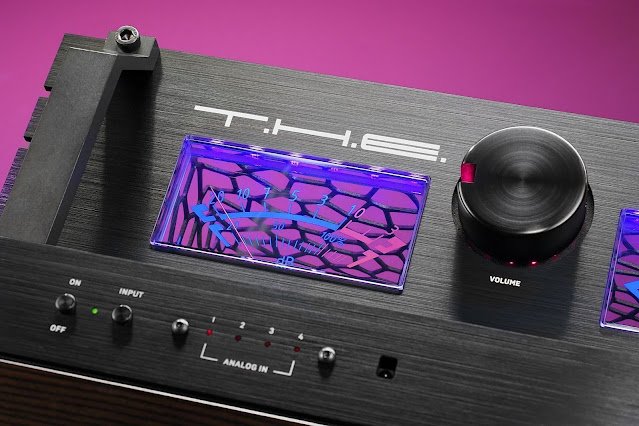
Design
Looking at Aris THE 30, one immediately recalls the closeness of Aris to professional sound equipment. Front handles and slots for mounting in a rack immediately set up for communication with serious equipment. And even though this integrated circuit will most likely not have to work in a rack, the brackets are also not without practical value. After all, the device weighs 22 kilograms, and you need to move it with care: lamps do not like shocks and shocks.
Check Out: McIntosh MC275 Amplifier & C22 Preamplifier Combo Review
The rough-hewn anodized aluminum façade also adds a harsh professionalism, but brutality is only part of Aris THE 30’s visual image. The official booklet talks about combining Techno and Steampunk styles, but I would risk arguing with this statement. Large dial indicators with transparent scales illuminated by ultraviolet light are an interesting variation on the electronic retro theme, but somehow there is no steampunk here.
The volume control drum is originally designed. It is machined from a very hard technopolymer and has a through groove. Through it one of the bright red LEDs is visible, located under the regulator in a ring. In a dark room, the rich glow of scales and LEDs looks very impressive and unusual.
Looking at the device in profile is just as interesting as looking at it from the front. The main board with the lamps mounted on it is perfectly visible through the stylish openwork grille. By the way, its structure is called the Voronoi mosaic, in honor of the Russian mathematician Georgy Voronoi, who studied the division of the plane into separate elements at the end of the century before last.
The compartment with the mighty output transformers is, for obvious reasons, shielded much more densely. Unlike the front of the device, its upper corners are strongly rounded, which makes the outlines of the case even more intricate. The hand of a professional designer is felt even in the round barred holes on the rear panel. What can I say, Stroganovka!
Musical pentodes
The output stages of Aris THE 30 are based on four powerful EL34 pentodes. These lamps were developed by Philips specifically for sound amplification, began to be produced by London’s Mullard in 1949 and gained immense popularity around the world. Today, in addition to music lovers, EL34 is highly respected by guitarists. The amps on these tubes (eg VOX or Marshall) have a typical British sound: transparent, but not too sharp at the top, without a pronounced emphasis on the mids.
Our test subject works in class AB and is armed with EL34B lamps manufactured in Russia under the Tung-Sol brand. Push-pull output stages deliver 30 watts per channel. This is much less than it is customary to shoot with the EL34 in the guitar world, but here the task is almost the opposite – to minimize any form of distortion. And, judging by the characteristics, the developers have succeeded in this. In the 20 Hz – 20 kHz section, the frequency response unevenness is only 0.5 dB, and without taking into account strict tolerances, operating frequencies extend from 10 Hz to 35 kHz.
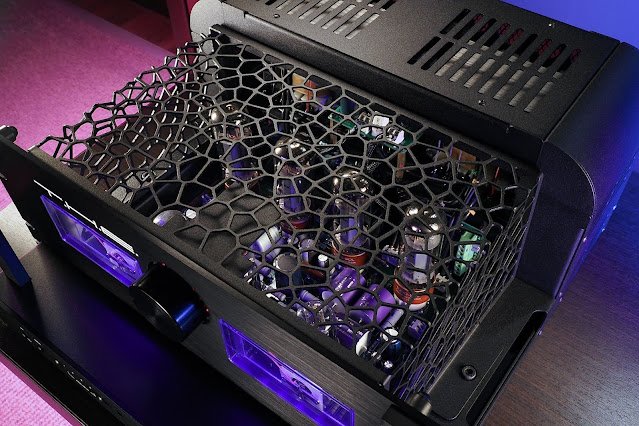
For a tube device, the numbers are very ambitious. The point here is in the ultra-linear mode of operation, which provides the widest possible frequency response without the use of common feedback. The path in this case is as short as possible: input buffer – phase inverter – output stage.
True, the requirements for the performance of the output transformer become even more stringent (at least, taps are needed on the primary winding), but Aris has a lot of experience in its own production of equipment, and they have cards in their hands. By the way, for connecting acoustics with different impedance, taps from the secondary winding are provided, so the output power for 4- and 8-ohm speakers is the same.
As for the preliminary stages, they are built on 6H8S double triodes. Sergey Matyushin settled on these relatively large tubes with an octal base, because he believes that a large anode area is extremely important for the right sound.
Setup
In the test setup, THE 30 was made up of Argon7LS acoustics manufactured by the notorious Finnish company Amphion. Each 27 kg tower is armed with a pair of 6.5-inch mid/bass drivers and two passive radiators of the same caliber.
The impressive area of the cones provides a dense, well-articulated sound even at low signal levels. In our case, this is exactly what is needed, although according to tube concepts, “thirty” cannot be called low-power. The source was a Clear Audio Concept turntable with a Musical Fidelity MX-VYNL phono stage and a Primare I15 Prisma Black digital player.
From the first seconds of listening, it became clear that Aris managed to create a truly non-trivial device. A truly plastic, balanced sound combined both transparent, well-detailed treble and surprisingly full-bodied bass with a confident attack that was not like a tube.
Floor-standing speakers with a sensitivity of 91 dB, the amplifier controlled freely and confidently. Moreover, in a room with an area of about 15 squares, this tandem was clearly cramped. That’s why on Depeche Mode’s immortal “Fly on the windscreen” the rhythm section drew attention a little in its direction. On the other hand, this did not prevent percussion and synthesizers from creating intricate spatial patterns at all.
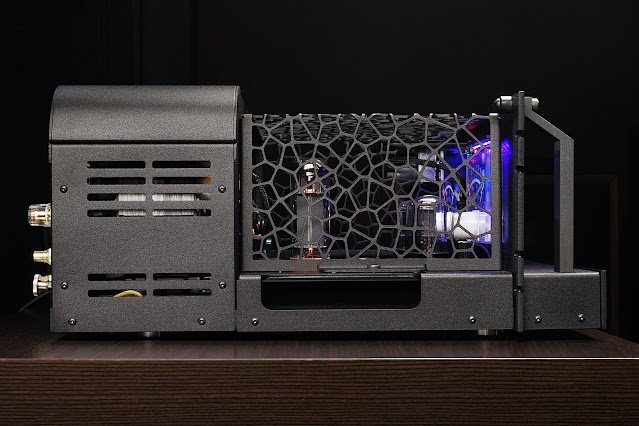
The light, voluminous sound was in perfect harmony with its monolithic bass base. As it turned out later, Aris THE 30 perfectly plays almost any electronic music – however, it does it with the charm inherent only in serious tube equipment, which is not inclined to lubricate dynamics and space.
In fact, the above can be applied to almost all musical directions. “Thirty” is quite enough enthusiasm and resolution even for large symphonic forms, but, again, it would be strange to expect explosive blockbuster energy from such an apparatus.
As for the traditionally “tube” genres, there are a lot of delicacies awaiting musical gourmets. And it’s not scary that vocal chamber jazz and guitar blues have completely different sound aesthetics. In both cases, Aris THE 30 manages to highlight the main thing – whether it’s the most delicate tonal transitions in the voice of Helen Merrill or the overdriven guitar of Muddy Waters.
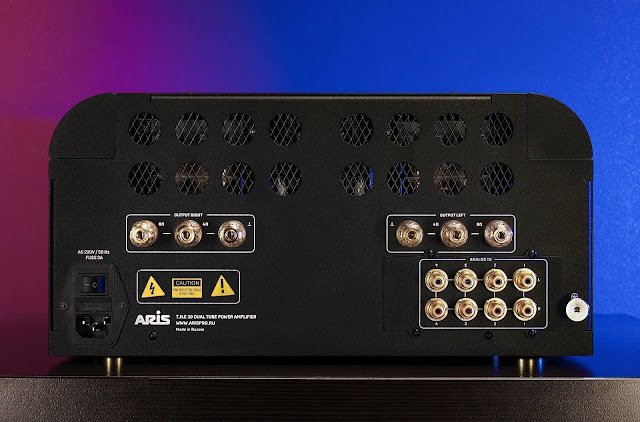
The only subtlety is that you need to sensibly select speakers for the tonal texture of this amplifier, and you should also carefully monitor their interaction with the acoustics of the room. Otherwise, basses written from the heart can take liberties, emphasizing the middle range.
Lamps
The sound of THE 30 amplifier goes beyond being merely “comfortable” and instead possesses a remarkable level of intelligence. It exhibits a discerning nature that captures every intricate detail within the musical material while maintaining a firm grasp on the overall emotional essence. This amplifier ensures that no element is overlooked or sacrificed in pursuit of insignificant nuances. It strikes a delicate balance, preserving the utmost clarity and precision while staying true to the holistic emotional impact of the music. THE 30 amplifier is an embodiment of intelligence, showcasing an astute ability to deliver an immersive and captivating musical experience without compromising the essence and mood of the music.
It will not let you forget for a second that you are listening to a lamp, but any genre will serve you in such a way that you will not regret this choice. It feels not just the triumph of even harmonics over odd ones, but a consciously developed musical style. And it is all the more gratifying that such an amplifier is not only created in our country, but is really accessible to music lovers.
Pros and Cons For Aris THE 30
Pros
High quality of materials and body assembly.
Pedigree embossed sound. Excellent bass control and energy,
speaker enviable for a tube device
Cons
Rather, the features: the low frequencies are so full-bodied that it is better to avoid excessive bass acoustics. Like any original act of creativity, the design of the case will cause controversy
Aris THE 30 Specifications
Frequency range: 10 Hz – 35 kHz; 20 Hz – 20 kHz (0.5 dB)
Output power: 2 x 30W (RMS)
Load impedance: 4 – 8 ohms
Dimensions (WxDxH, mm): 404 x 438 x 190
Inputs: 4 x RCA
Outputs: 4 ohm and 8 ohm
Weight: 22 kg

